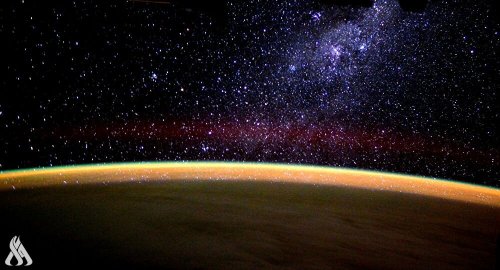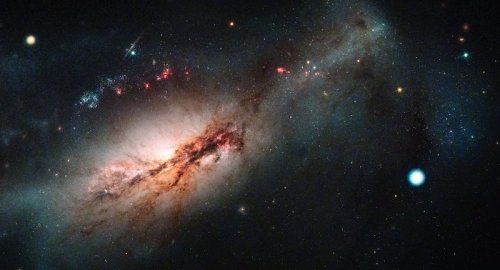
Astronomers Think They Finally Know The Source of The Milky Way's Cosmic Rays

- 31-08-2021, 09:19
INA-sources
Roughly a century ago, scientists began to realize that some of the radiation we detect in Earth's atmosphere is not local in origin.
This eventually gave rise to the discovery of cosmic rays, high-energy protons, and atomic nuclei that have been stripped of their electrons and accelerated to relativistic speeds (close to the speed of light).
However, there are still several mysteries surrounding this strange (and potentially lethal) phenomenon.
This includes questions about their origins and how the main component of cosmic rays (protons) are accelerated to such high velocity.
Thanks to new research led by the University of Nagoya, scientists have quantified the amount of cosmic rays produced in a supernova remnant for the first time.
This research has helped resolve a 100-year mystery and is a major step towards determining precisely where cosmic rays come from.
While scientists theorize that cosmic rays originate from many sources – our Sun, supernovae, gamma-ray bursts (GRBs), and Active Galactic Nuclei (aka. quasars) – their exact origin has been a mystery since they were first discovered in 1912.
Similarly, astronomers have theorized that supernova remnants (the after-effects of supernova explosions) are responsible for accelerating them to nearly the speed of light.
As they travel through our galaxy, cosmic rays play a role in the chemical evolution of the interstellar medium (ISM). As such, understanding their origin is critical to understanding how galaxies evolve.
In recent years, improved observations have led some scientists to speculate that supernova remnants give rise to cosmic rays because the protons they accelerate interact with protons in the ISM to create very high-energy (VHE) gamma rays.
Hoping to shed light on this, the research team – which included members from Nagoya University, the National Astronomical Observatory of Japan (NAOJ), and the University of Adelaide, Australia – observed the supernova remnant RX J1713.7?3946 (RX J1713).
The key to their research was the novel approach they developed to quantify the source of gamma-rays in interstellar space.
For the sake of their study, the team relied on data obtained by the High Energy Stereoscopic System (HESS), a VHE gamma-ray observatory located in Namibia (and operated by the Max Planck Institute for Nuclear Physics).
They then combined this with X-ray data obtained by the ESA's X-ray Multi-Mirror Mission (XMM-Newton) observatory and data on the distribution of gas in the interstellar medium.
They then combined all three data sets and determined that protons account for 67 ± 8 percent of cosmic rays while cosmic-ray electrons account for 33 ± 8 percent – roughly a 70/30 split.
These findings are groundbreaking since they are the first time that the possible origins of cosmic rays have been quantified. They also constitute the most definitive evidence to date that supernova remnants are the source of cosmic rays.
Source: Science Alert
First joint picture of Greenland Ice Sheet melting, ESA
- Multimedia
- 09:28
US Central Command: We killed ISIS terrorist leader Abu Yusuf in Syria
- International
- 24/12/20
Liverpool compete with Real Madrid to sign Olympique Lyonnais star
- Security
- 24/12/19
ISC, ADX discuss Strengthening Economic Ties
- Economy
- 24/12/16
Iraq assumes presidency of Arab Investment Company’s Executive Board
- Economy
- 24/12/17












